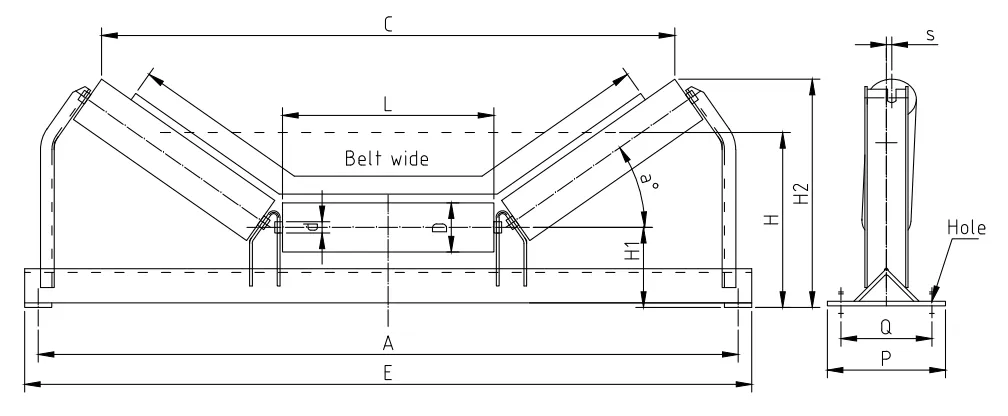 Afrikaans
Afrikaans  Albanian
Albanian  Amharic
Amharic  Arabic
Arabic  Armenian
Armenian  Azerbaijani
Azerbaijani  Basque
Basque  Belarusian
Belarusian  Bengali
Bengali  Bosnian
Bosnian  Bulgarian
Bulgarian  Catalan
Catalan  Cebuano
Cebuano  Corsican
Corsican  Croatian
Croatian  Czech
Czech  Danish
Danish  Dutch
Dutch  English
English  Esperanto
Esperanto  Estonian
Estonian  Finnish
Finnish  French
French  Frisian
Frisian  Galician
Galician  Georgian
Georgian  German
German  Greek
Greek  Gujarati
Gujarati  Haitian Creole
Haitian Creole  hausa
hausa  hawaiian
hawaiian  Hebrew
Hebrew  Hindi
Hindi  Miao
Miao  Hungarian
Hungarian  Icelandic
Icelandic  igbo
igbo  Indonesian
Indonesian  irish
irish  Italian
Italian  Japanese
Japanese  Javanese
Javanese  Kannada
Kannada  kazakh
kazakh  Khmer
Khmer  Rwandese
Rwandese  Korean
Korean  Kurdish
Kurdish  Kyrgyz
Kyrgyz  Lao
Lao  Latin
Latin  Latvian
Latvian  Lithuanian
Lithuanian  Luxembourgish
Luxembourgish  Macedonian
Macedonian  Malgashi
Malgashi  Malay
Malay  Malayalam
Malayalam  Maltese
Maltese  Maori
Maori  Marathi
Marathi  Mongolian
Mongolian  Myanmar
Myanmar  Nepali
Nepali  Norwegian
Norwegian  Norwegian
Norwegian  Occitan
Occitan  Pashto
Pashto  Persian
Persian  Polish
Polish  Portuguese
Portuguese  Punjabi
Punjabi  Romanian
Romanian  Russian
Russian  Samoan
Samoan  Scottish Gaelic
Scottish Gaelic  Serbian
Serbian  Sesotho
Sesotho  Shona
Shona  Sindhi
Sindhi  Sinhala
Sinhala  Slovak
Slovak  Slovenian
Slovenian  Somali
Somali  Spanish
Spanish  Sundanese
Sundanese  Swahili
Swahili  Swedish
Swedish  Tagalog
Tagalog  Tajik
Tajik  Tamil
Tamil  Tatar
Tatar  Telugu
Telugu  Thai
Thai  Turkish
Turkish  Turkmen
Turkmen  Ukrainian
Ukrainian  Urdu
Urdu  Uighur
Uighur  Uzbek
Uzbek  Vietnamese
Vietnamese  Welsh
Welsh  Bantu
Bantu  Yiddish
Yiddish  Yoruba
Yoruba  Zulu
Zulu Winged Tail Pulley Design for Enhanced Performance and Efficiency in Mechanical Systems
The Winged Tail Pulley An Ingenious Mechanical Innovation
In the vast realm of mechanical engineering, the winged tail pulley stands out as a remarkable innovation that addresses the challenges of efficiency and functionality in various applications. This unique pulley system, characterized by its distinctive design and operational capabilities, serves as an essential component in many industries, ranging from construction to manufacturing and even recreational activities.
At its core, a pulley is a simple machine that helps to lift and transport heavy objects with minimal effort. The winged tail pulley further enhances this principle by incorporating aerodynamic features that not only reduce friction but also increase the overall efficiency of the lifting process. The term winged refers to the extended flanges or wings that are strategically positioned on either side of the pulley. These wings help in stabilizing the load and directing the force applied, making it easier to manage heavy weights without excessive strain on the equipment or the operator.
One of the most notable applications of the winged tail pulley is in the realm of material handling. In warehouses and factories where heavy items need to be lifted and moved continuously, the winged tail pulley system streamlines operations significantly. By utilizing a combination of pulleys and ropes or cables, workers can lift items that are significantly heavier than they could manage individually. The wings of the pulley not only provide stability but also enhance the mechanical advantage, allowing for smoother and more controlled movements.
winged tail pulley

Moreover, this type of pulley is prevalent in the construction industry, where cranes play a critical role in lifting and placing building materials at various heights. The winged tail pulley is often integrated into these cranes, ensuring that loads are distributed evenly and securely as they are elevated. This is particularly important in preventing accidents and ensuring safety on construction sites. By minimizing the risk of slippage or imbalance, the winged tail pulley significantly contributes to safer working conditions.
In addition to industrial uses, the winged tail pulley has found its way into recreational activities, such as rock climbing and zip-lining. In these scenarios, ensuring the safety and efficiency of the pulley systems is paramount. The aerodynamic design of the winged tail pulley allows for reduced air resistance and improved performance, making these activities not only safer but also more enjoyable for participants. Portable and durable, these pulleys can withstand the rigors of outdoor usage while providing reliable support.
The engineering of the winged tail pulley involves meticulous design considerations, including materials used, weight capacities, and the specific angles of the wings. Manufacturers often test these pulleys under various conditions to ensure they can withstand the demands of their proposed applications. Advancements in materials science have led to the development of stronger and lighter materials that enhance the performance of these pulleys even further.
In conclusion, the winged tail pulley is a testament to the ingenuity of mechanical engineering. Its innovative design, which combines the simplicity of traditional pulleys with enhanced stability and efficiency, makes it an invaluable tool across various industries. Whether lifting heavy machinery, facilitating construction processes, or enabling thrilling outdoor adventures, the winged tail pulley plays a crucial role in enhancing productivity and safety. As technology continues to evolve, we can only anticipate further advancements in pulley systems, making them even more effective and versatile in the future.
-
Revolutionizing Conveyor Reliability with Advanced Rubber Lagging PulleysNewsJul.22,2025
-
Powering Precision and Durability with Expert Manufacturers of Conveyor ComponentsNewsJul.22,2025
-
Optimizing Conveyor Systems with Advanced Conveyor AccessoriesNewsJul.22,2025
-
Maximize Conveyor Efficiency with Quality Conveyor Idler PulleysNewsJul.22,2025
-
Future-Proof Your Conveyor System with High-Performance Polyurethane RollerNewsJul.22,2025
-
Driving Efficiency Forward with Quality Idlers and RollersNewsJul.22,2025





























